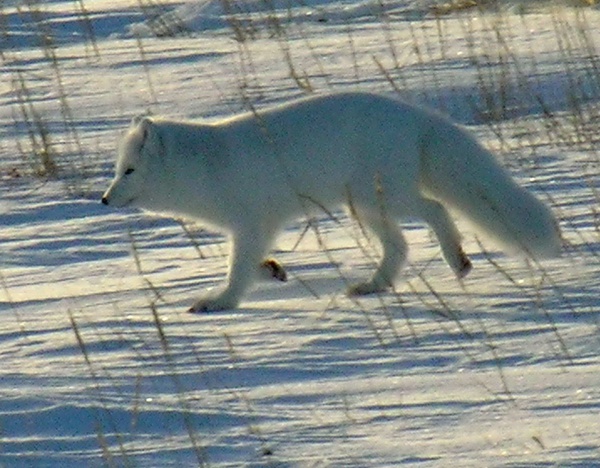Facts About Arctic fox
The Arctic fox, also known as the white fox, polar fox, or snow fox, is a small yet extraordinary species native to the frigid regions of the Northern Hemisphere. This resilient creature is remarkably well-adapted to the severe cold, boasting thick fur that not only insulates but also camouflages it within its snowy habitat.
Diet-wise, Arctic foxes are opportunistic feeders. They primarily prey on small animals like lemmings, voles, and seabirds but will also consume carrion, berries, seaweed, and insects when available. During the breeding season, these foxes form monogamous pairs and rearing their pups in intricate underground dens. Despite their resourcefulness, they face natural predators such as golden eagles, polar bears, wolverines, red foxes, wolves, and grizzly bears.
To endure the extreme cold, Arctic foxes employ several ingenious survival strategies. They curl up tightly to conserve warmth, reduce their activity levels to save energy, and build up fat reserves in the autumn. Their reproductive behavior is equally intriguing, with litter sizes often reflecting the population of lemmings, their main prey. Although typically loyal to one partner, they may exhibit promiscuity depending on environmental conditions.
Geographically, Arctic foxes inhabit the Arctic tundra across northern Europe, northern Asia, and North America. However, they confront significant conservation challenges. For example, the population on mainland Scandinavia is critically endangered. Climate change and competition from red foxes further threaten their numbers. While the species is not globally endangered, specific subpopulations, such as those on Medny Island and in Fennoscandia, are at considerable risk.
Arctic foxes possess exceptional sensory abilities, including acute hearing and a keen sense of smell that aid in locating food. They are also physiologically equipped to withstand extreme cold and periods of starvation, thanks to genes that enhance fatty acid and glucose metabolism. Some Arctic foxes even demonstrate migratory behavior, traveling vast distances.
Belonging to the genus Vulpes and the family Canidae, Arctic foxes exhibit two coat color morphs: white and blue, with the white morph being more prevalent. They have a circumpolar distribution and are the only land mammals native to Iceland. While the International Union for Conservation of Nature (IUCN) lists the Arctic fox as "least concern" particular subpopulations still face significant threats and require focused conservation efforts.

 Finland
Finland